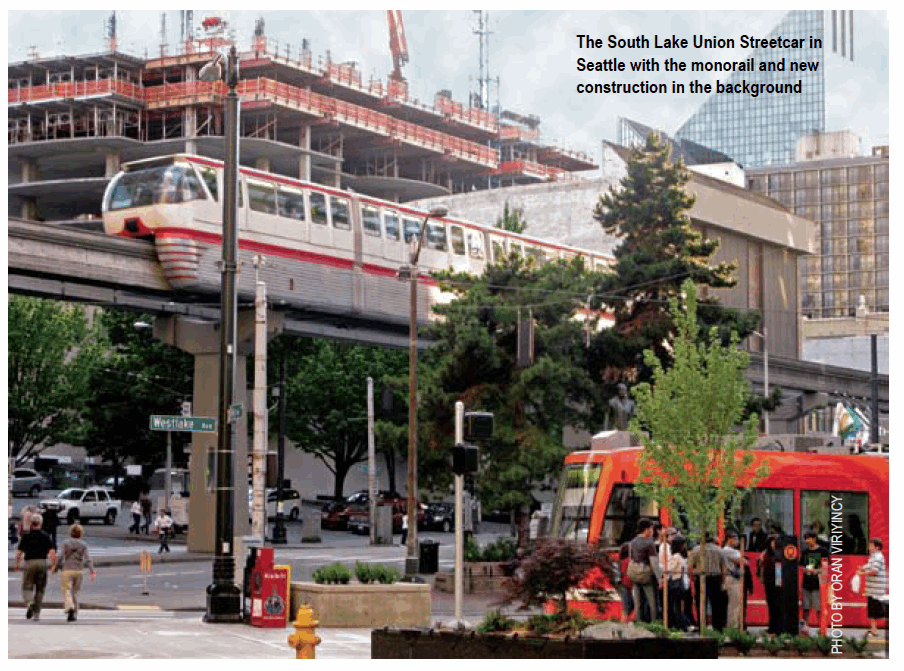CENTER FOR TRANSIT-ORIENTED DEVELOPMENT
Corridor Planning For TOD And Why Should You Do It
The demand for transit across the U.S. is growing, and more and more transit corridors are proposed and built every year. In 2008, 78 regions in 37 states had proposed 400 transit projects worth $248 billion, and these numbers have continued to rise. Some regions are using a combination of local and federal sources to fund entire fixed-guideway transit networks, such as Denver and the Twin Cities. Other regions are aggressively enhancing existing systems, such as Portland and Los Angeles. But many regions start to build transit networks with a single major corridor, and with so many stations opening every year, there is a growing need to understand how corridor planning can facilitate not only successful transportation outcomes but also successful transit-oriented development (TOD).
All scales of planning for TOD are important, as is discussed on the next page, but planning at the corridor level can be a more efficient way to achieve the benefits of TOD at all stations along the corridor. Corridor planning typically begins when a new transit investment is proposed. Corridor planning is a cost-effective planning process, especially when multiple stations along a corridor face similar challenges and opportunities. The corridor is also the best scale at which to predict the long-range impacts of transit on the market for new development, on commuter travel behavior, and on where the potential for displacement of low-income residents may be greatest. Corridor planning also presents an enormous opportunity to engage stakeholders early in the process. The excitement surrounding a new transit investment can attract a diverse group of stakeholders, and decision-making about the best alignments is achieved when a broad group of stakeholders is involved early on.
Download full version (PDF): Transit Corridors and TOD
About the Center for Transit-Oriented Development
www.ctod.org
“CTOD works to integrate local and regional planning, generate new tools for economic development, real estate and investment issues, improve affordability
and livability for all members of the community, and respond to imperatives for climate change and sustainability. The Center for TOD is a partnership of Reconnecting America, the Center for Neighborhood Technology, and Strategic Economics.”
Tags: Center for Transit Oriented Development, CTOD, OR, Oregon, PDF, Portland, Report, TOD, Transit-Oriented Development







 RSS Feed
RSS Feed